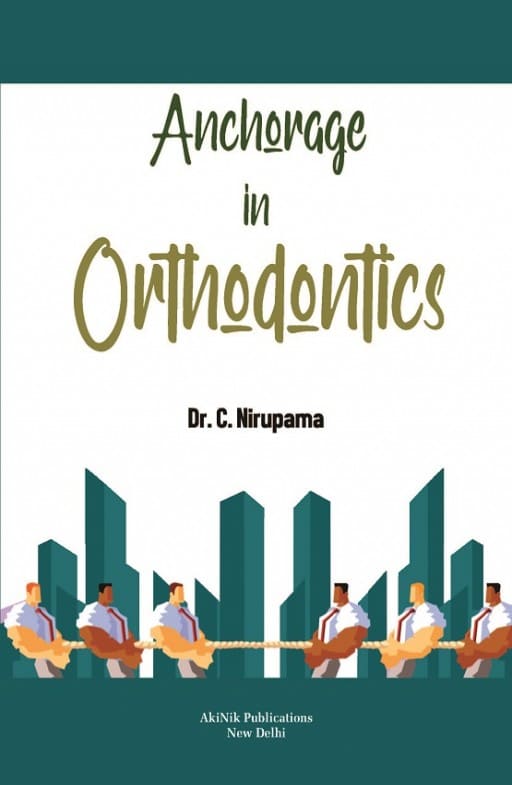Description
This book offers a comprehensive exploration of anchorage in orthodontics, an essential concept for achieving successful tooth movement while minimizing unwanted side effects. It discusses the evolution of anchorage techniques from early methods to modern advancements, including the use of temporary anchorage devices (TADs). The text provides a detailed examination of the biological and mechanical principles underlying anchorage, including the role of tooth cusps, roots, periodontal membranes, and alveolar bone. The book also evaluates clinical strategies such as headgear, elastics, and intraoral appliances, highlighting their advantages, limitations, and patient compliance factors.



